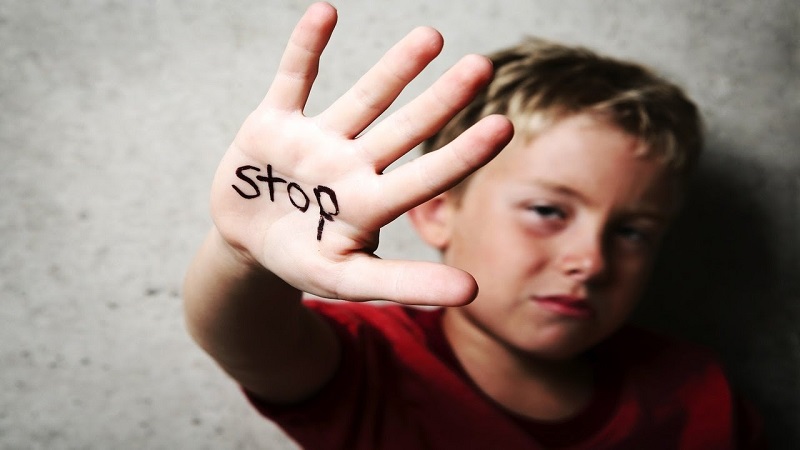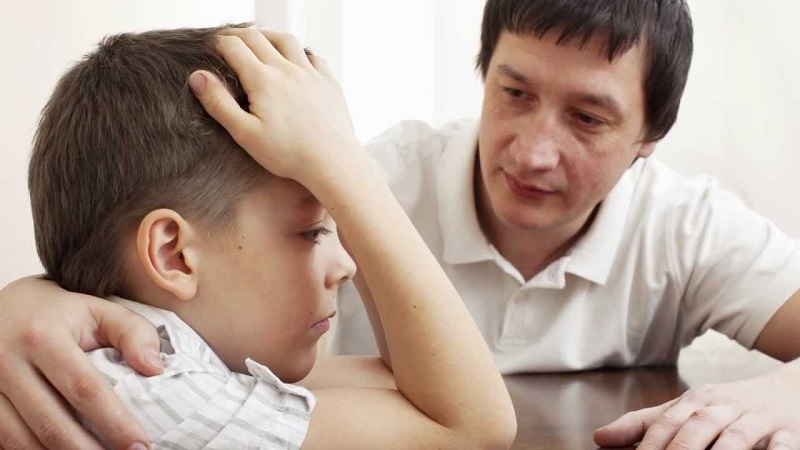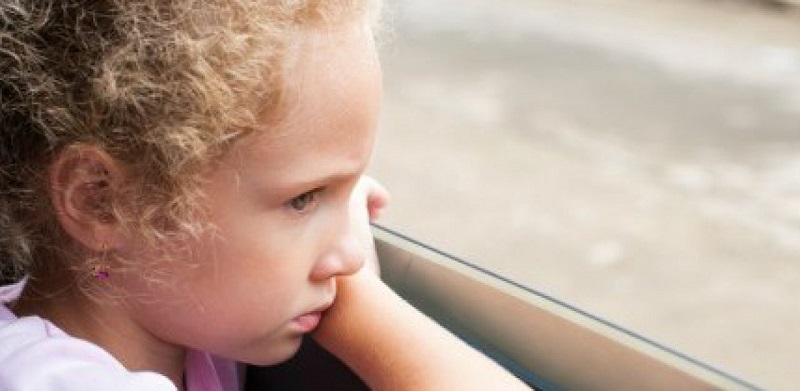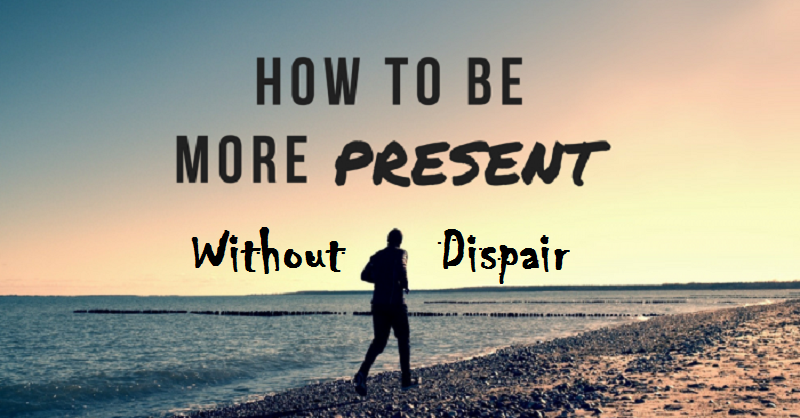Anger is an emotion like any other, it is part of us, but the truth is that it is an unpleasant emotion that can lead to negative consequences. The child may be impulsive in the face of high anger, which will make him feel even worse emotionally. There are many techniques to help children deal with anger and it is important to offer the child tools so that he can take these more intense emotions that he can experience in a more positive way, because if he does not have the tools, he can lead to behavioral problems Reiterated that parents are not able to address. In this article, we show the technique of the volcano.
I get angry, and now what do I do?
The conflict begins with a discrepancy of opinions or unresolved demands, it is then when the child begins to emerge the emotion of anger. The child will experience the following physiological sensations:
- Increased rhythm in your palpitations
- Accelerated breathing
- Muscle tension
- Heat or even sweat
It is necessary that the child understands these feelings and has them assimilated in their register of emotions, for that reason, the emotional education is so essential for the management of the anger, the shame, the fear, etc. If the child understands his body, he foresees what can happen.
In the case of anger, if the child begins to experience these feelings after the conflict and has been helped previously by training and awareness of their emotions, he may be able to pause and reflect for a moment that there are two paths he can take. Depending on the path the child takes, the final dialogue between parent and child will be more or less productive and better or worse resolved.
It is important for the child to understand what has happened and how it has been resolved to assimilate how conflicts are adequately resolved. Keep reading: STRATEGIES TO REDUCE ANXIETY IN CHILDREN
The two ways of anger
The first one is to be carried away by this emotion, which can lead to unleashing in shouting, kicking, throwing things on the ground, exorbitant cries and with the respective punishments or consequences of their behavior on the part of their parents. You may like also: http://ezhealthinsurance.org/5-tips-adapting-recipes-make-healthier/
The second path is the most successful and is that the child knows that anger is not bad, but can manage that emotion by taking it to a state of calm, and once calm, solve it together with their parents. This is the most difficult; since we must not forget that they are children and are learning. With the help of parents, they can take the second path feeling much calmer and seeing anger as a way to resolve discrepancies and not as if the world is over, a thought experienced by many children when they are in the full swing of this emotion.
The technique of the volcano
The technique of the volcano is a technique used in psychology for children to understand their body in states of anger and states of calm so that they become aware of their body and try the moment they experience these physiological sensations of anger, manage Anger in a positive way. This technique is explained by an illustrated children’s story called My Volcano, currently in Crowdfunding campaign so that all interested and interested support the story and become reality. A story based on emotional education written by a servant, Laura Aguilera, and recommended for all parents.
You may also like http://apporello.com/positive-parent-child-interaction/







